I'd like to model a distribution which is a mixture of a Normal and the constant 0.
I couldn't find a solution because in all the mixture examples I've found the class of distribution is the same for every category.
Here is some code to illustrate what I'm looking for:
with pm.Model() as model:
x_non_zero = pm.Normal(...)
zero_rate = pm.Uniform('zero_rate', lower=0.0, upper=.0, testval=0.5)
fr = pm.Bernoulli('fr', p=zero_rate)
x = pm.???('x', pm.switch(pm.eq(fr, 0), x_non_zero, 0), observed=data['x'])
I'm interested in the rate the data is exactly zero and the parameters of the normal when it is non-zero.
